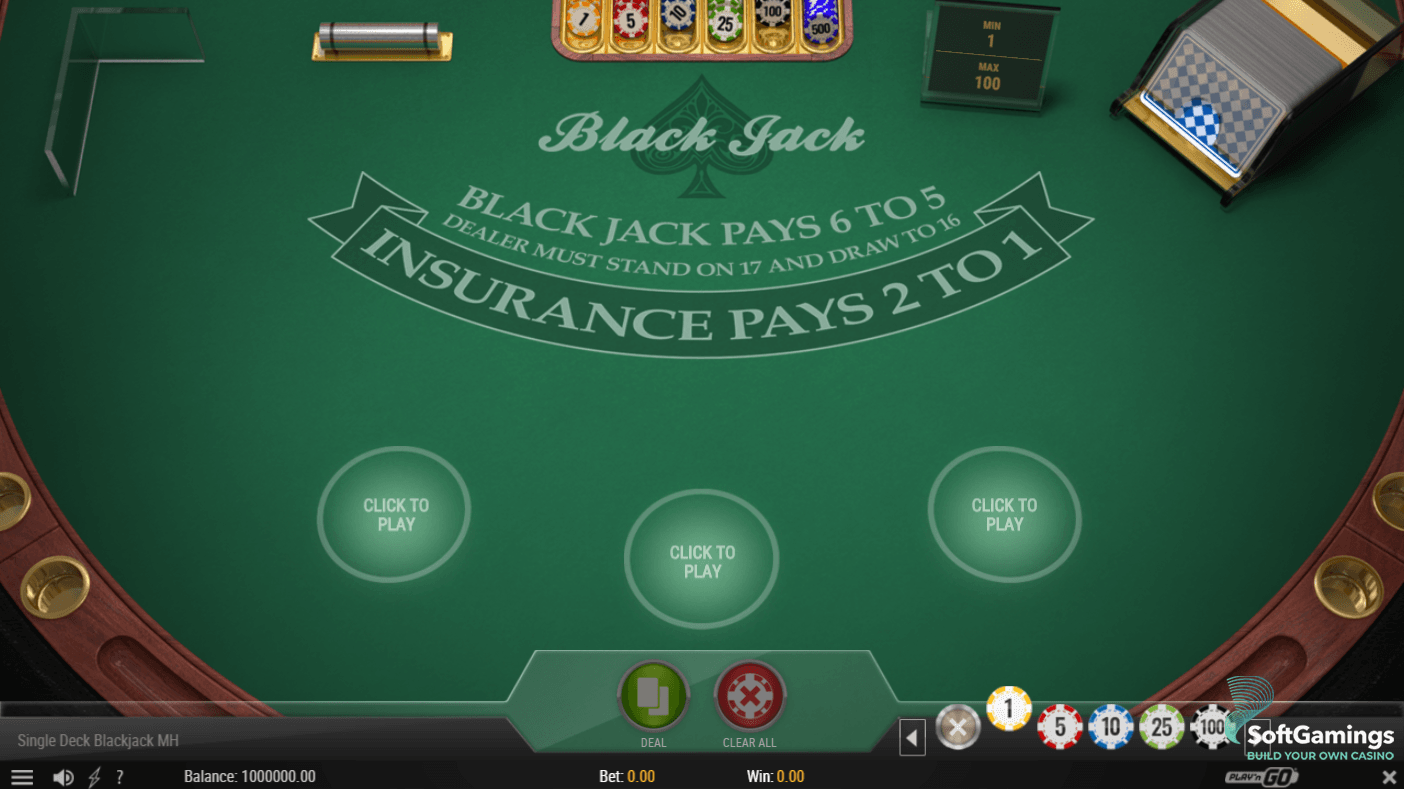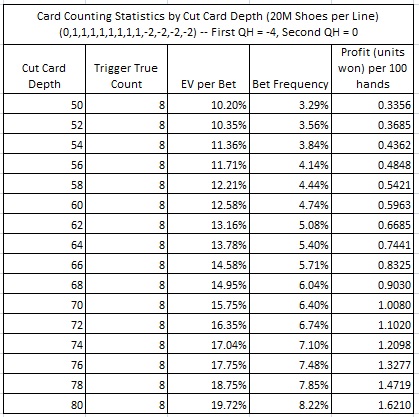Blackjack Payout Chart For Dealers
- Craps Payout Chart For Dealers $10 Tables
- Craps Payout Chart For Dealers
- Blackjack Payout Chart For Dealers
Spanish 21 is a variation of one of the most iconic casino games, Blackjack. Spanish 21 offers some new and interesting changes that shift the dynamic of the game, one of which is the removal of all number ‘10’ cards from the deck. This leaves the dealer with decks of 48 cards, rather than 52. This increases the house edge, or the chance that the dealer will beat the players, due to the fact that high value cards are incredibly important to the player, and there are less of them to be utilized.
Here is the payout chart for Blackjack. This should help make calculating the 3 to 2 ratio easier for players and dealers. Payout on dealer BlackJack with player Insurance bet of $25. Currency Layout. Highest to Lowest columns, Left to Right. $5 bills layout. 4 down, 5 across.
Players may wonder why they would want to play a version of Blackjack in which the odds are worse off for them. The truth is that this house edge is leveraged by additional in-game rule changes and advantageous bonus payout scenarios, evening the score for the players.
Differences vs. Blackjack
When playing a game of Spanish 21, it will look very much like a game of Blackjack. The variations do not change the main rules of how the game is played, but change how various scenarios in the game can be used by the players.
The first of these variations, which is very helpful to the player, is that a players’ Blackjack always beats the dealer’s Blackjack, with a payout of 3:2. Identically, a player with card values equaling 21 will always beat a dealer’s 21.
Another variation is the option of using a Late Surrender. With this feature, players are allowed to surrender their hands, as long as the dealer does not have Blackjack, and receive half of their original wager. This feature allows players to minimize losses and an opportunity to back out with half their bet if they feel overwhelmed.
Yet another change from the original game of Blackjack deals with splitting and doubling. In Spanish 21, players can split cards with equal values, including Aces, up to 3 times. Splitting 3 times would result in a player having 4 hands to play from. Additionally, players are able to double down on any cards, unlike in Blackjack where the players are only allowed to double down on the original two cards drawn for them. For those unfamiliar, doubling down is a bet placed on your hand that doubles your wager.
Upon doubling down, players are always given another card. Some casinos even offer players the ability to do what is called a ‘double-double down’. After players double down and receive a card, they can double-double down, which doubles the total wager yet again. Players can do this up to three times which could see their wager increasing up to 8 times.
Due to the fact that hands can get very large, players are allowed to use a Late Surrender at any point in the game to receive half of their wager. The ability to Late Surrender at any time is a huge benefit to players, as they can entertain certain avenues such as splitting or doubling without fear of losing the entirety of their wager should things go wrong.
Other than the in-game variations mentioned above, Spanish 21 normally offers special payouts for extraordinary hands as well as side bets that can benefit the player.
Spanish 21 Side Bets
The first of the side bets is known as the Super Bonus. The Super Bonus does not require the player to make a separate wager and players always have a chance of winning it, although the payout of the Super Bonus is dependent upon how much the player’s wager is. Although very rare, this side bet can provide massive payouts for the players.

The conditions for winning the Super Bonus are as follows…
The player must have three suited 7’s (forming a hand of 21) and the dealer must also have a 7 of any suit.
If the player originally wagers $5-$24, the payout of winning the Super Bonus is $1000. Bets of $25 and over will result in a payout of $5000.
The final facet of the Super Bonus is that whenever a player wins it, all other players at the table receive $50, so that they can have some fun as well.
As mentioned, this is an extremely rare occurrence, but since there is no needed separate wage to potentially win the Super Bonus, every hand provides the player with the opportunity to win big.
The other side bet in Spanish 21 is the Match the Dealer wager. With this wager, players can bet that one or both of their cards will match the dealer’s up card, or the dealer’s card that is visible to players during the game. The payouts vary on whether the match is based only on card value or on both card value and card suit, with the ‘perfect match’ of both value and suit paying out more for the player.
Spanish 21 Payouts
The final bit to cover of Spanish 21 is the varying payout values for different combinations of the player’s winning 21.
Craps Payout Chart For Dealers $10 Tables
If the player hits 21 with 5 cards of any suit, the payout will be 3:2.
For 6 cards of any suit, the payout is 2:1, and for 7 cards of any suit the payout is 3:1. Therefore, a winning hand of 21 with more cards will provide players with bigger payouts.
Craps Payout Chart For Dealers
Should a player form 21 with specifically the cards 6, 7, and 8, the payout will be 3:2. If the 6, 7, and 8 are of identical suits, the payout is 2:1.
Finally, if the 6, 7, and 8 are all Spades, the payout will be 3:1. If a player has a hand consisting of three 7’s, the payouts are identical to the 6-7-8 scenarios in which mixed suits pay 3:2, similar suits pay 2:1, and all Spades pays 3:1.
In conclusion, Spanish 21 may frighten Blackjack players away due to the lack of number 10 cards, culminating in a higher house edge. However, players that are familiar with the caveats of Spanish 21 can find ways to overcome this house edge through more opportunities to split and double down, special payouts for certain hands, and perhaps most importantly, the ability to surrender at any time and receive half their bet. All the while, the Super Bonus’ huge payout hangs overhead, with players hoping for a string of sevens and a bit of luck.
House Edge in Spanish 21

The House Edge is a guaranteed profit that casinos make off of the bets made by players. This provides a source of long term, ensured income for the casino, while also offering opportunities for short term payouts for winning players. As Blackjack, and thus Spanish 21, are games that vary depending on the skill levels of the players, the house edge is very low in comparison to other games. One would assume that due to the rule changes that are tailored to help the player, the house edge should be less than the normal Blackjack game house edge. However, the casino has evened the score with the removal of all the number 10 cards, tipping the house edge in their favor.
For both Blackjack and Spanish 21, the house edge fluctuates depending on specific rules regarding what the dealer must do when they have a “soft 17”. A soft 17 is a hand which includes an Ace and has a total card value of 17. When dealers are forced to hit on a soft 17, the house edge is swung in favor of the casino. Therefore, players should seek games that have the dealer stand in such scenarios.
For games using 6 decks of cards, the house edge is 0.78% when dealers hit on a soft 17 and 0.37% when they stand. In 8 deck games, the house edge is 0.80% when dealers hit, 0.38% when they stand. This clearly shows the advantage to having the dealer stand on a soft 17, from the perspective of the players, that is. For sake of comparison, good Blackjack games usually hover around a 0.5% house edge, but this percentage can change due to the many rule variations that Blackjack can have.
